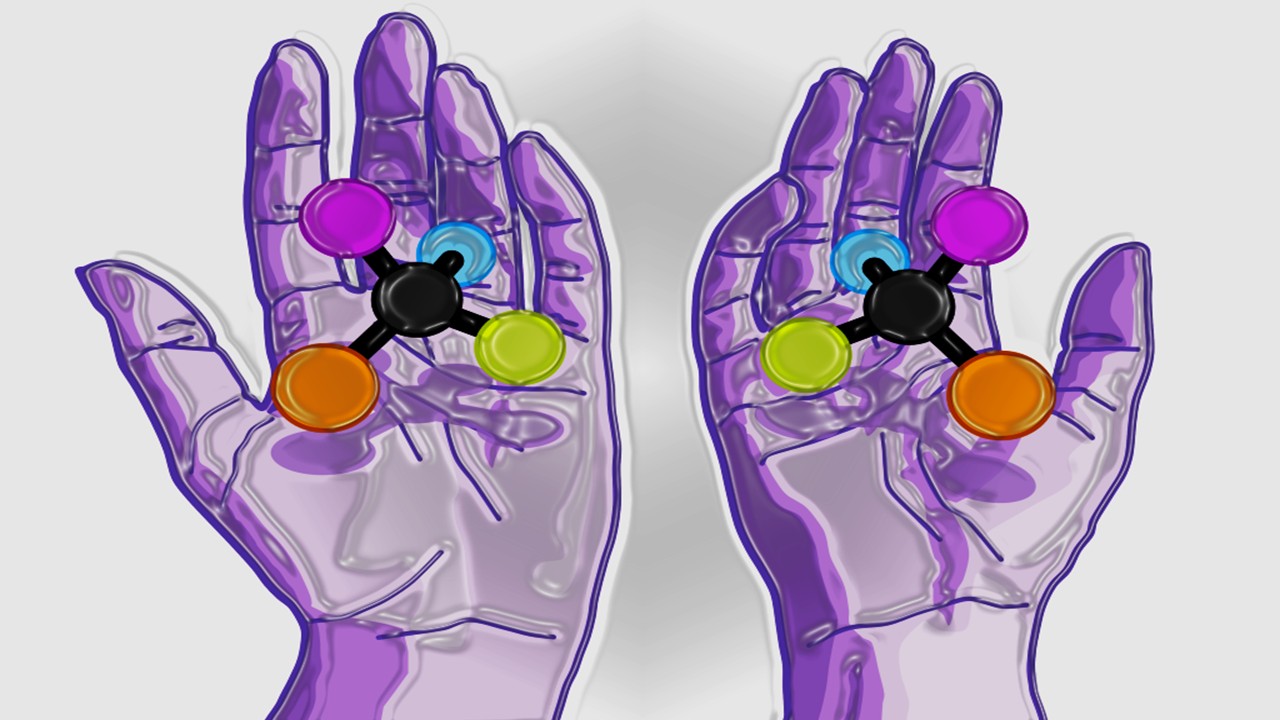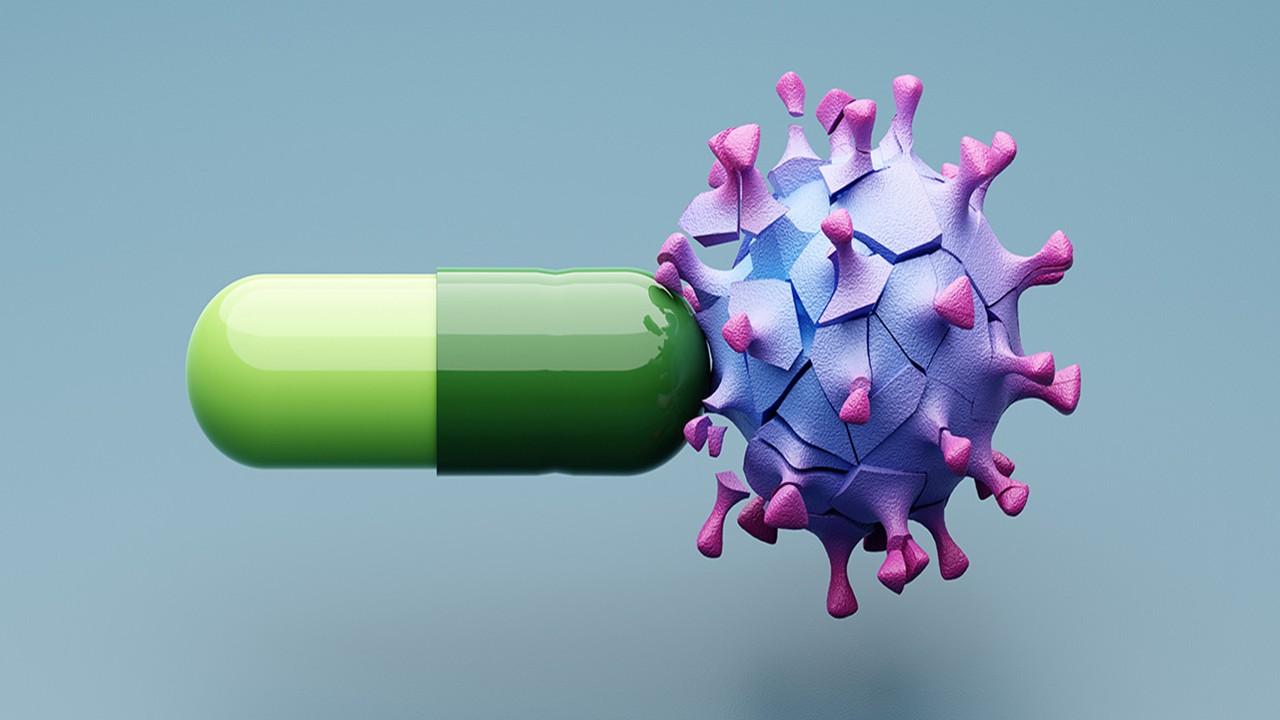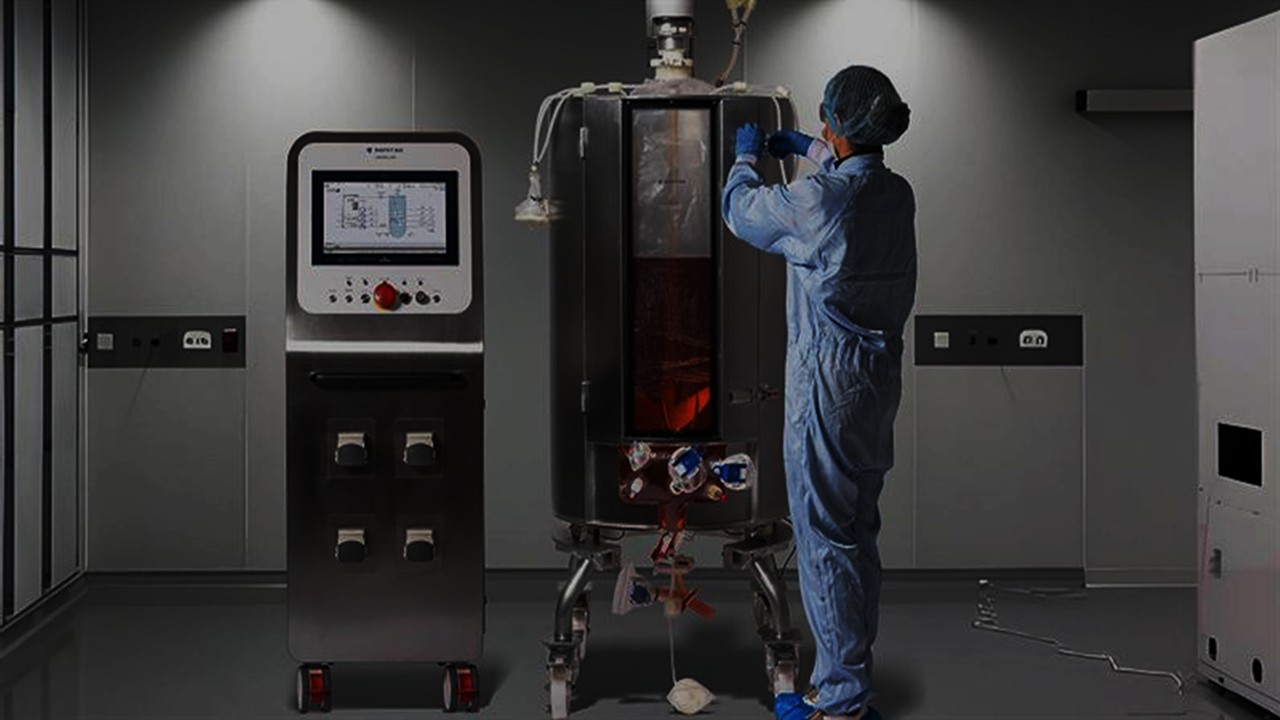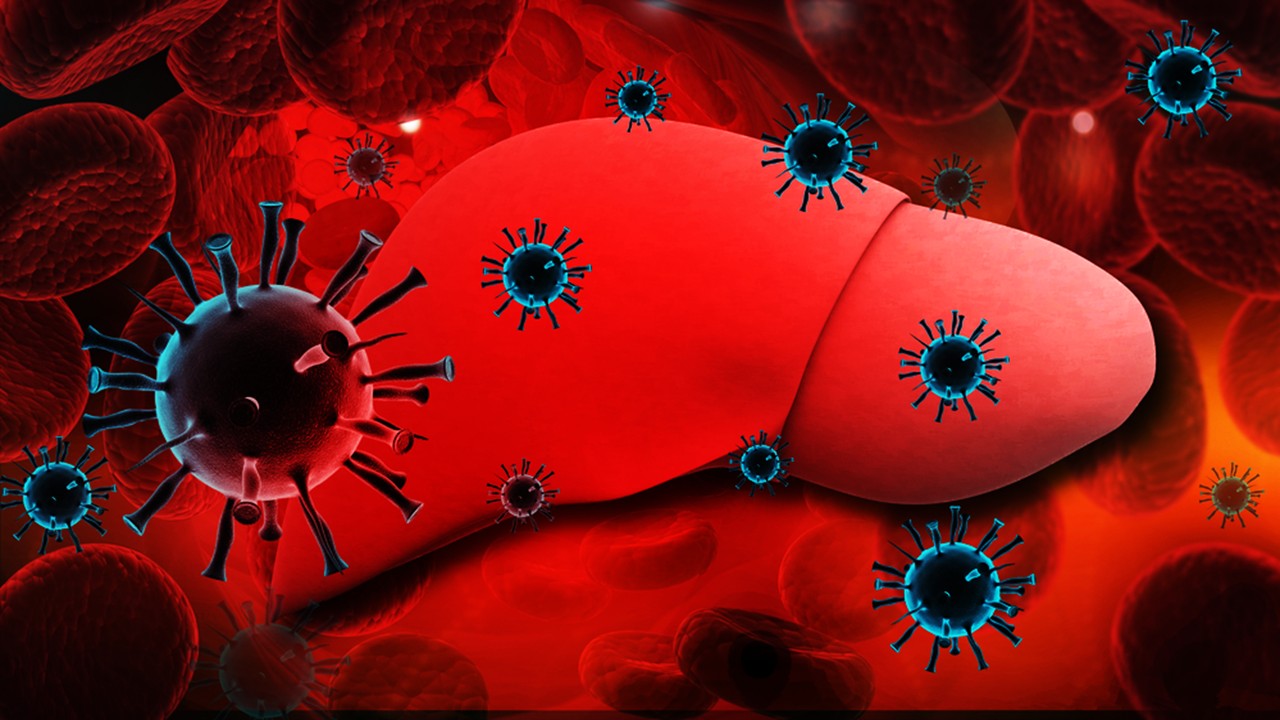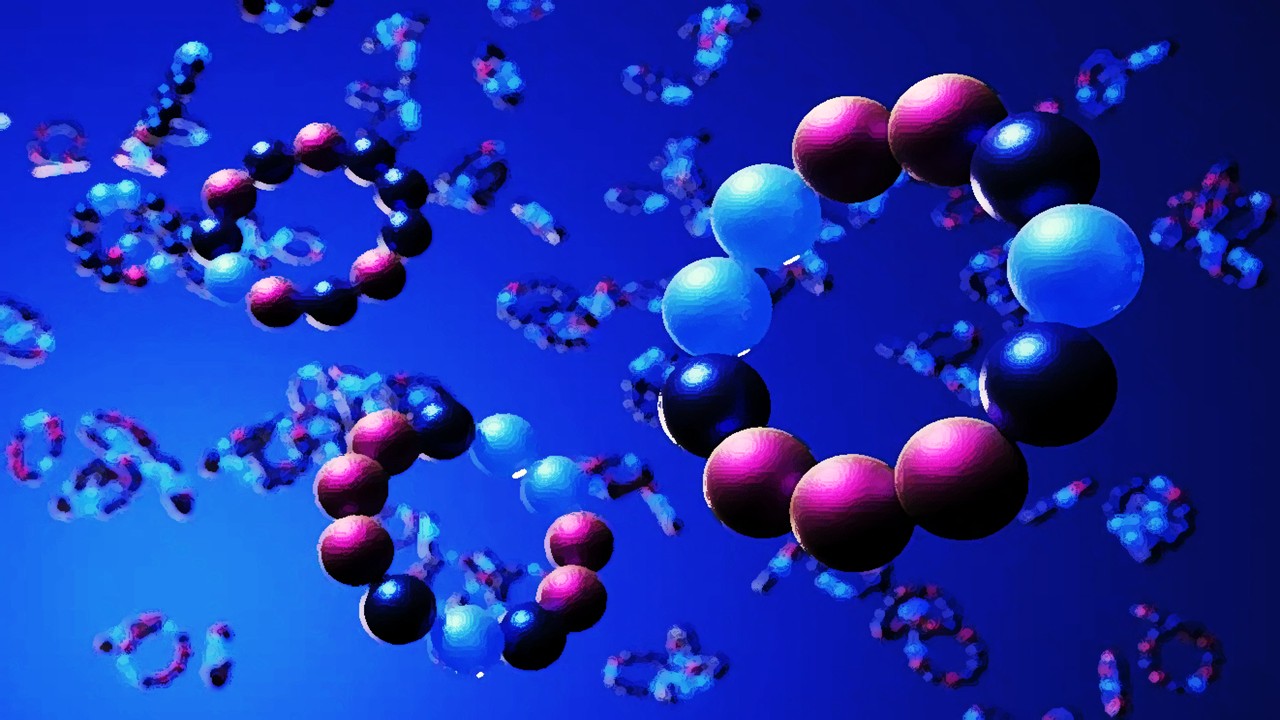The physicochemical properties of drug molecules play a crucial role in their effectiveness and safety, impacting their performance from discovery to clinical use. These properties, including lipophilicity, solubility, and pKa, are pivotal indicators that influence a molecule’s behavior within biological systems. Lipophilicity, defined by partition and distribution coefficients, reflects a molecule’s affinity for lipid environments, while solubility dictates its ability to dissolve in aqueous media, essential for systemic exposure. The balance between these properties is central to medicinal chemistry, aiming to optimize drug activities and pharmacokinetic profiles while minimizing off-target effects.
Striking a Balance: Lipophilicity and Solubility
In drug discovery, achieving the right balance between lipophilicity and solubility is paramount. Lipophilic molecules may demonstrate enhanced binding to target proteins but could face challenges in solubility and systemic exposure. Conversely, highly soluble compounds may lack sufficient affinity for their targets. Thus, medicinal chemists strive to find compounds with optimal physicochemical properties to ensure efficacy and safety.
What’s Fat and What’s Not
Lipophilicity, a fundamental property in medicinal chemistry, arises from the interactions between drug molecules and lipid environments. At its core, lipophilicity reflects the affinity of a molecule for non-polar solvents, driven by hydrophobic interactions. This affinity stems from the presence of hydrophobic moieties within the molecule, such as alkyl chains or aromatic rings, which exhibit minimal polarity and favor interactions with similarly non-polar lipid membranes or protein binding sites. Additionally, lipophilicity is influenced by molecular size and shape, with larger and more structurally complex molecules often demonstrating increased lipophilicity due to enhanced surface area for hydrophobic interactions. Understanding the chemical basis of lipophilicity is crucial for optimizing drug candidates, as it impacts various pharmacokinetic properties such as absorption, distribution, metabolism, and excretion.
Like Dissolves Like
Solubility, a critical physicochemical property in drug discovery, is governed by a complex interplay of molecular interactions and thermodynamic principles. At its essence, solubility reflects the equilibrium between the dissolution of a solute in a solvent and the reformation of a solid solute. The dissolution process involves breaking intermolecular forces within the solute and solvent molecules, followed by the formation of new solvent-solute interactions. These interactions, including hydrogen bonding, van der Waals forces, and dipole-dipole interactions, dictate the solubility behavior of a compound. The solute’s chemical structure, particularly its polarity, functional groups, and crystal lattice energy, profoundly influences solubility. Compounds with polar functional groups or high crystal lattice energies tend to exhibit lower solubility due to stronger intermolecular forces holding the solid state together. Conversely, compounds with fewer polar groups or lower lattice energies typically display higher solubility, as they experience weaker intermolecular interactions and thus dissolve more readily in the solvent. Understanding the intricate chemical basis of solubility is essential for optimizing drug candidates, as it directly impacts their bioavailability and pharmacokinetic properties.
Molecular Obesity and Lipophilicity Addiction
The concept of “molecular obesity” highlights the dangers of excessive lipophilicity-driven design strategies. Overreliance on lipophilic properties, often characterized by an abundance of aromatic rings in molecular structures, can lead to suboptimal drug candidates. Striking a balance between lipophilicity and other physicochemical attributes is crucial to avoid pitfalls associated with molecular obesity.
To Be Aromatic or Not So Aromatic, That is the Question
Aromaticity, a key concept in organic chemistry, refers to the special stability and unique electronic structure exhibited by certain cyclic compounds known as aromatic rings. These rings possess a continuous system of overlapping p orbitals, leading to a delocalized pi electron cloud above and below the ring plane. This delocalization results in increased stability due to resonance energy, making aromatic compounds thermodynamically favored. However, the incorporation of aromatic rings into drug molecules can contribute to molecular obesity, a phenomenon characterized by excessive lipophilicity-driven design practices. Aromatic rings, while conferring stability and desirable pharmacophoric properties, can also increase molecular weight and lipophilicity disproportionately. This overemphasis on aromaticity may lead to suboptimal drug candidates with reduced solubility, higher molecular size, and increased propensity for nonspecific interactions, ultimately compromising drug efficacy and safety. Thus, while aromaticity is a valuable attribute in drug design, careful consideration must be given to balance its benefits against the risks of molecular obesity.
Assessing Physicochemical Properties
Modern drug discovery employs high-throughput assays to assess the physicochemical properties of potential drug candidates efficiently. These assays, including measurements of lipophilicity and solubility, provide crucial insights into a compound’s behavior in biological systems. Techniques such as high-performance liquid chromatography (HPLC) aid in evaluating parameters like plasma protein binding and volume of distribution, contributing to the optimization of drug candidates.
High-Performance Liquid Chromatography
HPLC serves as a pivotal analytical tool in pharmacokinetic studies, particularly in evaluating plasma protein binding and volume of distribution (Vd) of drug compounds. HPLC columns packed with immobilized human serum albumin (HSA) enable the separation and quantification of drug-protein complexes, providing valuable insights into the extent and kinetics of plasma protein binding. By analyzing the distribution of free and bound drug fractions, HPLC facilitates the determination of crucial pharmacokinetic parameters such as the fraction unbound (fu) and binding affinity. Furthermore, HPLC coupled with immobilized artificial membrane (IAM) columns allows for the assessment of drug partitioning behavior, aiding in the estimation of Vd, a parameter crucial for understanding drug distribution within biological systems. The utilization of HPLC in conjunction with biomimetic columns enhances our understanding of drug-protein interactions and distribution kinetics, thereby informing drug design and optimization strategies aimed at achieving desirable pharmacokinetic profiles.
Implications of Poor Solubility
Compounds with poor solubility pose significant challenges in drug discovery, hindering automation and yielding misleading results in high-throughput screening. Such compounds may cause equipment failures, false positives, or nonspecific interactions, impacting assay outcomes and lead identification. Addressing solubility issues is essential to enhance the reliability of drug discovery efforts.
The Lipinski Rule of 5
Also known as Pfizer Rule of 5, the Lipinski Rule of 5, formulated by Christopher A. Lipinski in 1997, serves as a foundational guideline in drug design and optimization based on the observation of physicochemical properties associated with orally active drugs. The rule highlights four key parameters: molecular weight (MW) ≤ 500, calculated octanol-water partition coefficient (logP) ≤ 5, hydrogen bond donors (HBD) ≤ 5, and hydrogen bond acceptors (HBA) ≤ 10. These thresholds are indicative of favorable oral bioavailability and permeation properties, as compounds adhering to these criteria are more likely to exhibit sufficient solubility, membrane permeability, and absorption in the gastrointestinal tract.
While the Lipinski Rule of 5 provides valuable guidance, it is important to note its empirical nature and the need for flexibility in certain cases, as deviations from these thresholds do not necessarily preclude a compound’s oral efficacy. Instead, the rule offers a pragmatic framework for prioritizing compound libraries and guiding early-stage drug discovery efforts toward molecules with favorable pharmacokinetic profiles.
Contemporary Hit-Finding Methodologies
Contemporary methods for determining possible hits involve screening diverse compound libraries to identify potential drug candidates. These methods range from fragment-based approaches to affinity-based selections, each offering unique advantages in exploring chemical space and identifying promising leads. Understanding molecular complexity and designing efficient screening strategies are critical in hit identification processes.
Fragment-Based Drug Discovery
Fragment-based approaches represent a strategic paradigm in drug discovery, wherein compound libraries composed of small, low-molecular-weight fragments are screened to identify initial hits that bind to target proteins or receptors. These fragments typically possess minimalistic chemical structures, comprising only a few functional groups and exhibiting low molecular complexity. By utilizing biophysical techniques such as nuclear magnetic resonance (NMR) spectroscopy or X-ray crystallography, fragment hits are characterized in terms of their binding interactions with the target, facilitating the elucidation of critical ligand-protein interactions. Subsequent hit expansion and optimization involve the iterative assembly of fragment hits to generate larger, more potent lead compounds, leveraging the structural insights obtained from fragment binding modes.
Fragment-based approaches offer advantages such as efficient exploration of chemical space, rapid identification of ligandable pockets on protein surfaces, and reduced complexity in hit optimization compared to traditional high-throughput screening methods, making them invaluable tools in modern drug discovery endeavors.
Exploiting Selective Binding Potentials
Affinity-based selections represent a prominent approach in drug discovery, involving the screening of compound libraries to identify molecules with high affinity for specific biological targets. This method relies on the selective binding interactions between potential drug candidates and target proteins, enzymes, or receptors. Affinity-based selections often utilize techniques such as affinity chromatography, surface plasmon resonance (SPR), or phage display to isolate compounds that exhibit strong and specific binding to the target of interest.
By leveraging the principles of molecular recognition and ligand-protein interactions, affinity-based selections enable the rapid identification of lead compounds with the potential to modulate target activity, laying the groundwork for subsequent hit-to-lead optimization and drug development processes.
Hits to Leads: Optimization Phase
In the hit-to-lead phase, prioritizing qualified hits based on chemical tractability, activity, and physicochemical properties is essential. Rational structure-activity relationship (SAR) studies guide lead optimization efforts, aiming to enhance activity while maintaining favorable physicochemical profiles. Metrics like ligand efficiency and lipophilicity efficiency aid in evaluating lead candidates and predicting their success in later stages of development.
Potency-Size Drug Studies
Ligand efficiency, a fundamental concept in drug discovery, quantitatively evaluates the potency of a compound relative to its size. It is calculated by dividing the binding affinity or biological activity of a molecule by its heavy atom count, providing a measure of the efficiency with which a compound interacts with its target per unit of molecular weight. Ligand efficiency metrics allow researchers to assess and compare the efficacy of lead compounds, aiding in the prioritization of candidates for further optimization. Compounds with high ligand efficiency values demonstrate potent activity while minimizing molecular size, suggesting favorable drug-like properties and potential for development into efficacious therapeutics.
Potency-Fattiness Drug Studies
Lipophilicity efficiency, another critical parameter in medicinal chemistry, evaluates the balance between a compound’s lipophilicity and its biological activity. It is determined by subtracting the lipophilicity estimate (e.g., logP) from a measure of potency, such as the negative logarithm of the inhibitory concentration (pIC50). Lipophilicity efficiency provides insights into the relationship between a compound’s hydrophobicity and its pharmacological activity, guiding medicinal chemists in designing molecules with optimal lipophilicity profiles. Compounds with high lipophilicity efficiency values exhibit potent biological activity while maintaining moderate lipophilicity, thereby minimizing the risk of off-target interactions and enhancing overall drug-like properties.
Predictive Models of Physicochemical Properties
Predictive models play a vital role in drug discovery, enabling researchers to anticipate a molecule’s behavior based on its physicochemical properties. Quantitative structure-activity relationships (QSARs) leverage statistical and machine learning algorithms to predict properties like lipophilicity and solubility, guiding compound design and optimization efforts. Despite challenges in solubility prediction, advances in modeling techniques offer valuable insights into compound behavior and aid in decision-making processes.
Harnessing Predictive Design for Drug Discovery
In conclusion, the assessment, measurement, and prediction of physicochemical properties are integral to modern drug discovery. By leveraging predictive models and designing compounds with optimal characteristics, researchers can streamline the drug development process, mitigate risks, and increase the likelihood of success in clinical trials. Embracing a predictive design approach empowers medicinal chemists to make informed decisions and drive innovation in pharmaceutical research.
Engr. Dex Marco Tiu Guibelondo, B.Sc. Pharm, R.Ph., B.Sc. CpE
Editor-in-Chief, PharmaFEATURES

Subscribe
to get our
LATEST NEWS
Related Posts
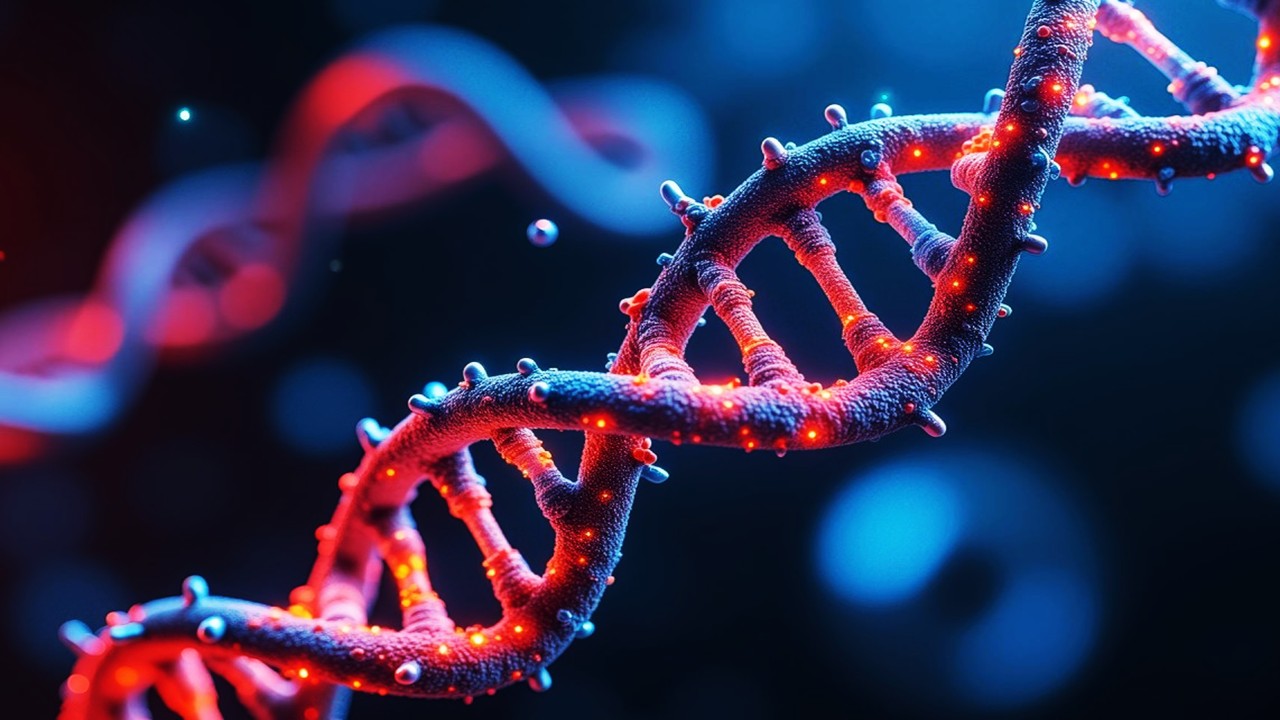
Medicinal Chemistry & Pharmacology
Pathogenic Targeting 5.0: The Rise of RNA Therapeutics and Peptide-Based Drugs in Modern Medicine
Unlike traditional small-molecule drugs, which interact with proteins, RNA therapies modulate gene expression directly, enabling interventions at the root of disease.
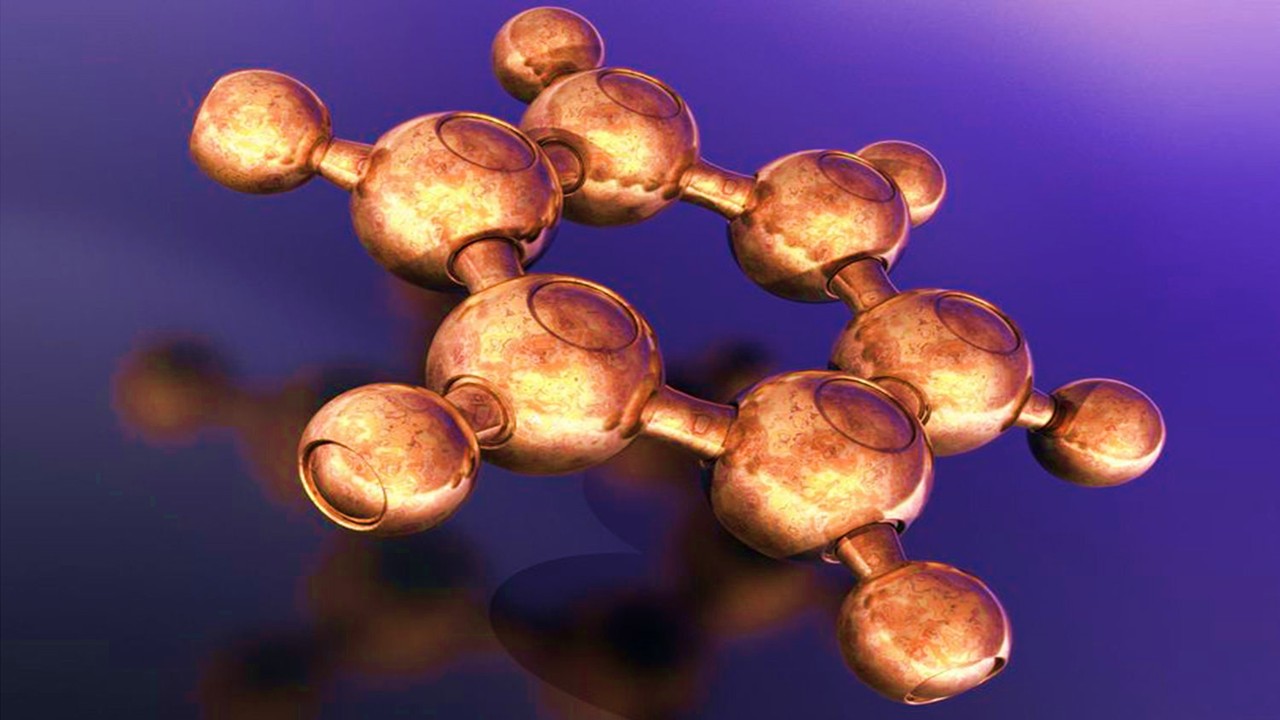
Medicinal Chemistry & Pharmacology
Polarity Alchemy: Strategic Charge Manipulation in Contemporary Drug Design
The future promises tunable therapies with polarity adjustable by light, magnetic fields, or bioorthogonal triggers.
Read More Articles
Tetravalent Vaccines: The Power of Multivalent E Dimers on Liposomes to Eliminate Immune Interference in Dengue
For the first time, a dengue vaccine candidate has demonstrated the elusive trifecta of broad coverage, balanced immunity, and minimal enhancement risk,





